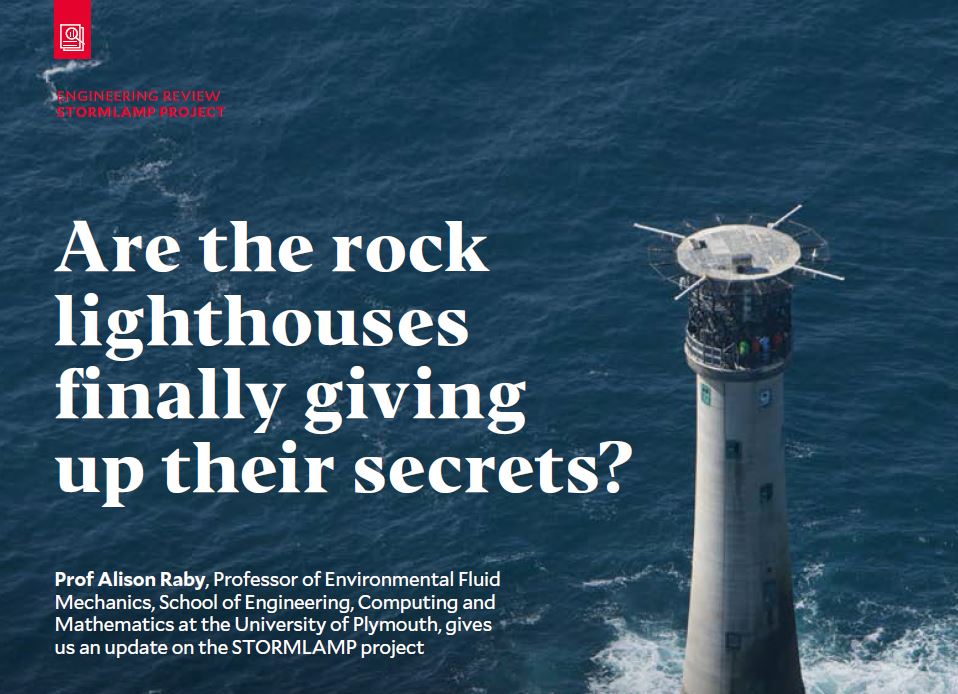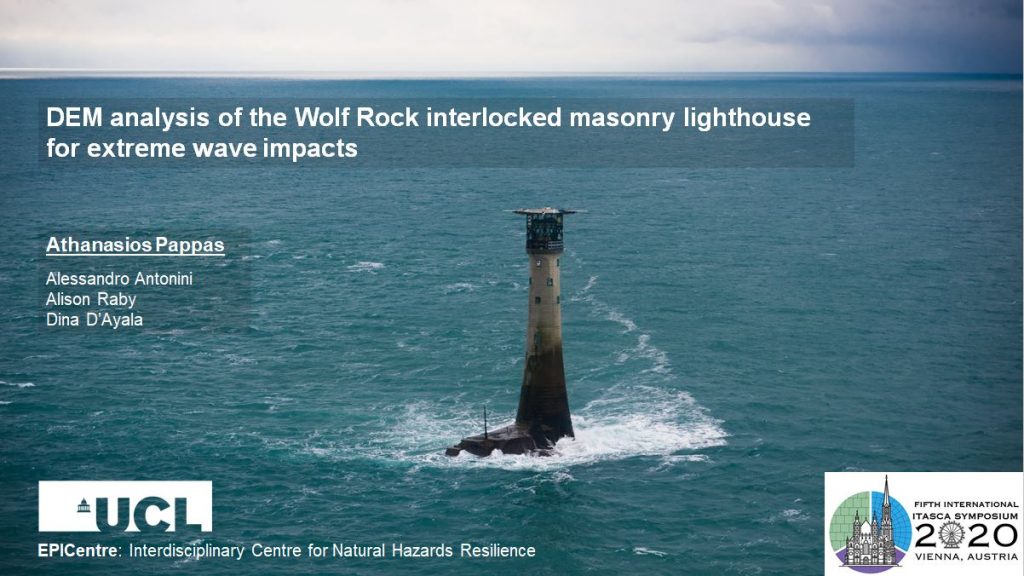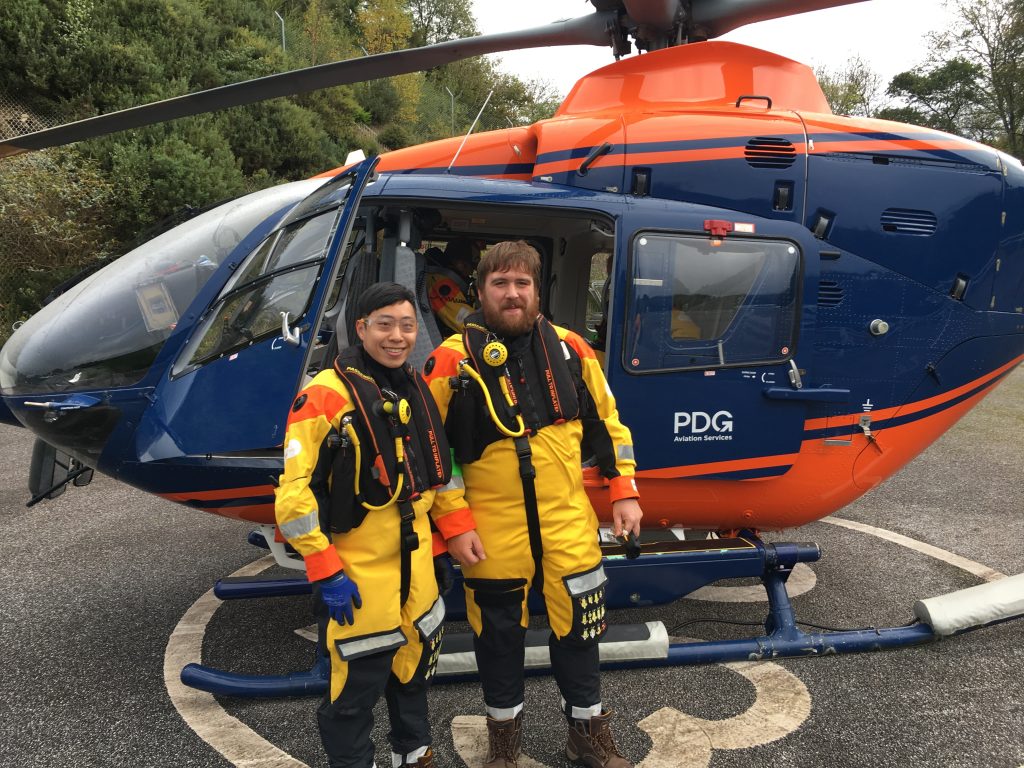An online webinar was held last month on Wednesday 13th May 2020, 13:30 – 16:00 (BST), to mark the end of our four year EPSRC-funded STORMLAMP research project. The event involved presentations on lighthouse research and other relevant areas from academics, heritage professionals and industry stakeholders. There were also discussions on future directions for related research. The presentations can be viewed on the UCL EPICentre youtube channel here:
Although the face-to-face aspects of a workshop were missed, especially the ability to have more collaborative, interactive discussions with the audience, it was great to have input from those who might not have been able to attend due to distance. The project hopes to have further discussions about the future of this research.
The programme included a range of engaging speakers as follows:
The workshop began with an introduction to the STORMLAMP project by Professor Alison Raby, STORMLAMP Project PI, based at the University of Plymouth.
Tom Nancollas (Building conservationist and author of Seashaken Houses: A Lighthouse History from Eddystone to Fastnet), spoke on his experiences of research, writing and publishing his book Seashaken Houses.
Rob Dorey joined us from Trinity House, a charity dedicated to safeguarding shipping and seafarers, providing education, support and welfare to the seafaring community. He spoke on why STORMLAMP’s research is important to the UK and Irish General Lighthouse Authorities.
Professor Dina D’Ayala who leads University College London’s side of the STORMLAMP project presented ‘Crests and Troughs: the survival of Victorian lighthouses to extreme wave impact’. The talk provided an overview of the interdisciplinary approach of the project: the fundamental relevance of the historic information to develop a realistic structural model, the need for extensive experimental and modelling work to determine the magnitude of the waves, and the role of in situ dynamic identification to validate the structural models. Through the study it is clear that it is the particular dry masonry construction and the dissipation that comes with it, that has ensured the survival of the 19th century lighthouses.
William Allsop presented on ‘Predicting safety of (old) vertical walls – the development of understanding and prediction methods’. William is an industry specialist and founder of William Allsop Consulting, formerly Technical Director for Maritime Structures at HR Wallingford, and currently a PhD candidate at University of Edinburgh writing a thesis on old British breakwaters.
Professor Paul Taylor of Oceans Graduate School, University of Western Australia, presented ‘Towers without rocks – wave loads on offshore wind turbines’. His talk brought us up to date with contemporary structures, discussing wave interactions with offshore wind turbine columns.
Michel Cousquer joined us from Cerema, the technical partner for the French Aids to Navigation authorities. He is currently the Maritime Safety Project Manager and has also been the vice-chairman of the IALA ENG committee (Aids to Navigation Engineering and Sustainability) since 2018. Michel Cousquer presented his talk, ‘Scientific community to rescue La Jument and l’Ile Vierge lighhouses’.
Key areas for the discussion were possible future research avenues, considering an interdisciplinary approach to other heritage structures on the coast.


